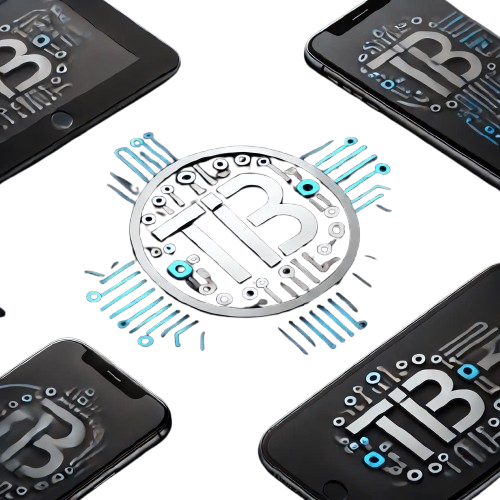Today’s automobiles rely on on-board diagnostics to detect problems. When the check engine light activates, a diagnostic scan becomes crucial. https://cardiagnosticnearme.com/
—
## Diagnostic Tool Categories
### Basic vs. Advanced Readers
Entry-level tools provide error identifiers like **P0171** or **C1234**, requiring additional research. Professional tools like the BlueDriver Pro offer live parameters including:
– Engine coolant temperature
– Fuel trim values
—
## Diagnostic Trouble Code Structure
Each 5-character code follows this pattern:
1. **Component Category**:
– **P** = Powertrain
– **C** = Undercarriage
2. **Manufacturer Specification**:
– **0** = Generic code
– **1** = OEM-defined
3. **Functional Area**:
– **3** = Spark components
—
## Troubleshooting Protocol
1. **Symptom Verification**:
– Driving simulation to confirm abnormalities
2. **System Interrogation**:
– Connect code reader to DLC connector
3. **Freeze Frame Analysis**:
– Examine operational metrics at error occurrence
4. **Part Verification**:
– Circuit analysis on actuators
—
## Top Diagnostic Tools
| Model | Capabilities |
|—|—|—|
| **Ancel BD310** | Bluetooth connectivity |
| **BlueDriver Pro** | TSB integration |
| **Innova 5610** | System actuation |
—
## Typical Analysis Obstacles
1. **Vanishing Errors**:
– Needs data logging
2. **Multiple Codes**:
– Identify primary failure
3. **Proprietary DTCs**:
– Require advanced scanners
—
## Diagnostic Best Practices
– Check service records
– Update scanner software
– Consult technical bulletins
